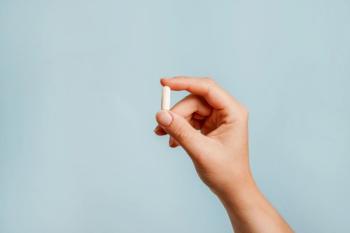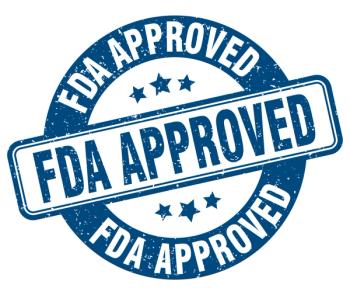
|Slideshows|July 15, 2019
7 Pharmacy Places to Go on Your Summer Vacation
Author(s)Valerie DeBenedette
Advertisement
Newsletter
Pharmacy practice is always changing. Stay ahead of the curve with the Drug Topics newsletter and get the latest drug information, industry trends, and patient care tips.
Advertisement
Latest CME
Advertisement
Advertisement
Trending on Drug Topics
1
Orforglipron Maintains Weight Loss After Discontinuation of Injectable GLP-1
2
Q&A: Reproductive Health Training Equips Pharmacists to Close Care Gaps
3
Rethinking Acute Pain Management in the Age of Prescription Topicals
4
FDA Approves Tradipitant for Prevention of Vomiting From Motion Sickness
5















































































































